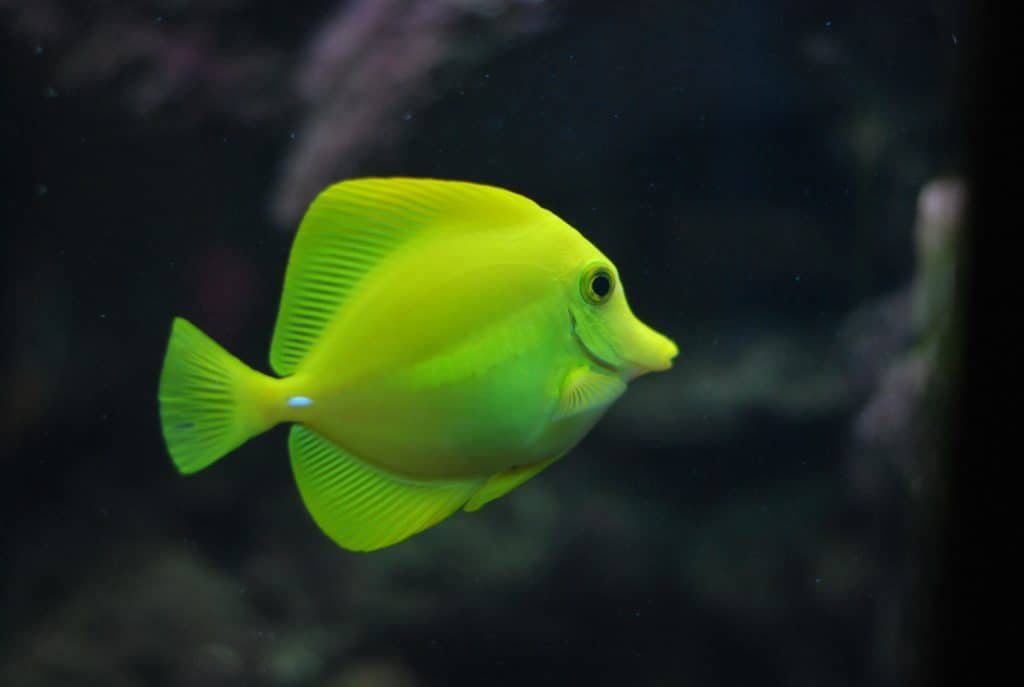Salmon are incredible fish that are born in freshwater, migrate to the ocean, and then return to their birth river or stream to spawn. These amazing fish have unique respiratory systems that allow them to obtain oxygen both in fresh and saltwater environments. But do salmon have lungs? Let’s take a closer look at how salmon breathe.
Salmon Do Not Have Lungs
The simple answer is no, salmon do not have lungs Lungs are respiratory organs found in land animals, including humans, that extract oxygen from the air we breathe
Fish like salmon live underwater and do not breathe air. Instead, salmon have special parts of their bodies called gills that let them get oxygen from the water.
When people ask “do salmon have lungs?”, they are often visualizing the salmon breathing air like humans. But gills, not lungs, are adapted for underwater breathing.
All About Salmon Gills
Salmon have gills on each side of their heads, which are covered by a bony cover called the operculum. The gills are composed of filaments that contain many tiny blood vessels.
As water passes over the gills dissolved oxygen moves across the thin membranes of the blood vessels and enters the fish’s bloodstream. At the same time carbon dioxide passes from the blood out across the gill membranes and is released into the passing water.
For gas exchange, the salmon gills have a lot of surface area because they have so many small blood vessels. This makes them extremely efficient at extracting oxygen from water.
Why Gills Are Better Than Lungs for Fish
There are a few key reasons why gills are better suited to salmon than lungs:
-
More efficient gas exchange – Gills can absorb 80-90% of the available oxygen from water, while human lungs only utilize about 5-25% of the oxygen in air.
-
Constant water flow – Salmon gills have a constant flow of “new” oxygen-rich water passing over them as the fish swims. Lungs rely on tidal breathing.
-
Diffusion – Oxygen diffuses much more rapidly from water into blood than it does from air into blood in lungs.
-
Surface area – The extensive surface area of gill filaments creates a huge area for gas exchange. Lungs have a smaller absorptive surface.
So while salmon do not have lungs, their specialized gills are perfectly designed to allow them to breathe comfortably underwater by extracting ample oxygen.
How Do Salmon Breathe With Gills?
Salmon actively ventilate their gills to pass water over the respiratory surfaces. This occurs in two ways:
1. Ram Ventilation
As salmon swim forward, they push water through their open mouth. The water passes across the gills, exits the body through the operculum opening, and flows out along the sides of the body. This ram ventilation constantly replenishes the oxygen supply at the gill surfaces.
2. Buccal Pumping
Salmon can also actively pump water across their gills by rapidly contracting their mouth and buccal cavity muscles. This buccal pumping supplements ram ventilation when the fish is swimming slowly or stopped. It also permits ventilation without forward movement.
So salmon breathe by either swimming with an open mouth or actively pumping to pass oxygenated water across their gills.
Other Unique Salmon Respiratory Adaptations
Along with their specialized gills, salmon have other unique respiratory adaptations:
-
Salmon alter their gill surface area by growing more or larger gill filaments in response to environmental oxygen levels and life stage demands.
-
As smolts preparing to migrate to the ocean, salmon gills undergo changes to allow them to extract oxygen from saltwater.
-
Aerobic muscle tissue near the gills and heart stores oxygen to support swimming and migration.
-
Modifications to hemoglobin in salmon blood help transport and release oxygen efficiently.
Thanks to their amazing gills and other respiratory adaptations, salmon can meet their oxygen needs in both freshwater and marine environments throughout their complex life cycle.
Frequently Asked Questions
How do salmon breathe air?
Salmon do not breathe air. They rely entirely on their gills to extract oxygen from water. Salmon may gulp air at the water’s surface but only to fill their swim bladders, not for breathing through nonexistent lungs.
Do fish cough?
Fish do not cough since coughing is an action associated with expelling air from lungs. Salmon also do not sneeze, hiccup, or yawn, despite having other bodily reflex reactions.
Why do salmon jump out of water?
Salmon often leap out of the water as part of their migration pattern and to jump over obstacles like rapids or small waterfalls. They also breach while hunting or to escape predators. Jumping helps them gain momentum in strong river currents.
Can salmon drown?
Yes, salmon can essentially drown if oxygen levels in the water become too low. With insufficient oxygen passing over their gills, salmon can asphyxiate just like humans. Proper oxygen levels are critical to salmon survival.
Do salmon have a sense of smell?
Salmon have an excellent sense of smell thanks to olfactory glands near their nostrils. They use their sense of smell to identify their home streams, avoid predators, and locate prey. Salmon can detect just a few parts per billion of specific scents in water.
So while salmon may look like they are taking breaths at the surface, they do not actually have lungs or breathe air. Their specialized gills allow them to extract the oxygen they need directly from the water. This unique respiratory system equips salmon perfectly for their amazing life journey.

